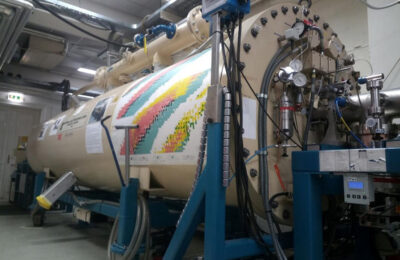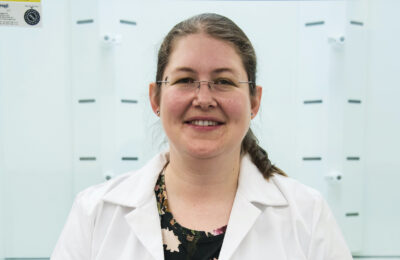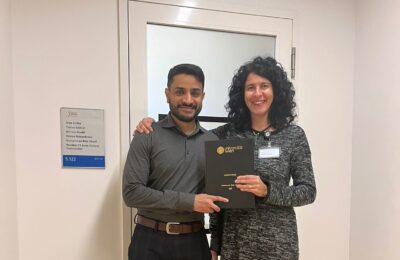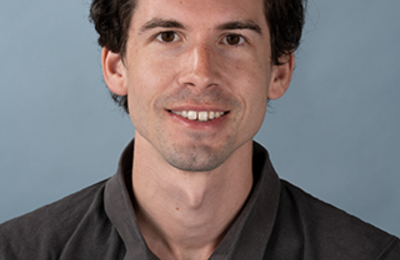Stable population structure in Europe since the Iron Age, despite high mobility
Margaret L Antonio, Clemens L Weiß, Ziyue Gao, Susanna Sawyer, Victoria Oberreiter, Hannah M Moots, Jeffrey P Spence, Olivia Cheronet, Brina Zagorc, Elisa Praxmarer, Kadir Toykan Özdoğan, Lea Demetz, Pere Gelabert, Daniel Fernandes, Michaela Lucci, Timka Alihodžić, Selma Amrani, Pavel Avetisyan, Christèle Baillif-Ducros, Željka Bedić, Audrey Bertrand, Maja Bilić, Luca Bondioli, Paulina Borówka, Emmanuel Botte, Josip Burmaz, Domagoj Bužanić, Francesca Candilio, Mirna Cvetko, Daniela De Angelis, Ivan Drnić, Kristián Elschek, Mounir Fantar, Andrej Gaspari, Gabriella Gasperetti, Francesco Genchi, Snežana Golubović, Zuzana Hukeľová, Rimantas Jankauskas, Kristina Jelinčić Vučković, Gordana Jeremić, Iva Kaić, Kevin Kazek, Hamazasp Khachatryan, Anahit Khudaverdyan, Sylvia Kirchengast, Miomir Korać, Valérie Kozlowski, Mária Krošláková, Dora Kušan Špalj, Francesco La Pastina, Marie Laguardia, Sandra Legrand, Tino Leleković, Tamara Leskovar, Wiesław Lorkiewicz, Dženi Los, Ana Maria Silva, Rene Masaryk, Vinka Matijević, Yahia Mehdi Seddik Cherifi, Nicolas Meyer, Ilija Mikić, Nataša Miladinović-Radmilović, Branka Milošević Zakić, Lina Nacouzi, Magdalena Natuniewicz-Sekuła, Alessia Nava, Christine Neugebauer-Maresch, Jan Nováček, Anna Osterholtz, Julianne Paige, Lujana Paraman, Dominique Pieri, Karol Pieta, Stefan Pop-Lazić, Matej Ruttkay, Mirjana Sanader, Arkadiusz Sołtysiak, Alessandra Sperduti, Tijana Stankovic Pesterac, Maria Teschler-Nicola, Iwona Teul, Domagoj Tončinić, Julien Trapp, Dragana Vulović, Tomasz Waliszewski, Diethard Walter, Miloš Živanović, Mohamed el Mostefa Filah, Morana Čaušević-Bully, Mario Šlaus, Dušan Borić, Mario Novak, Alfredo Coppa, Ron Pinhasi, Jonathan K Pritchard (2024) Stable population structure in Europe since the Iron…



